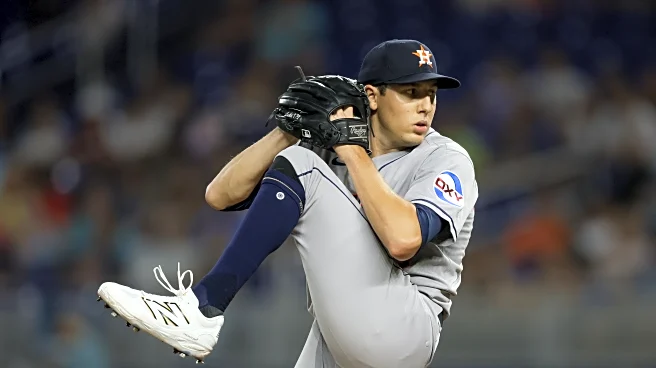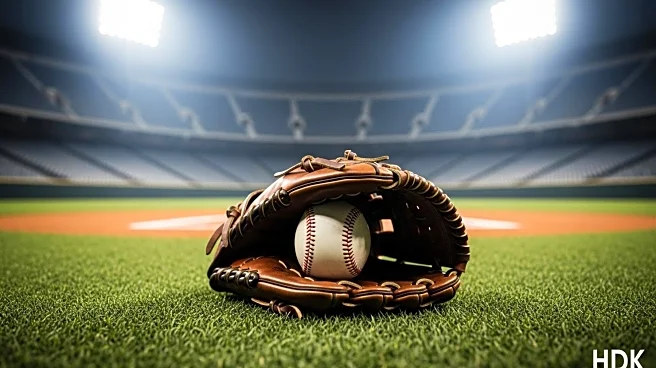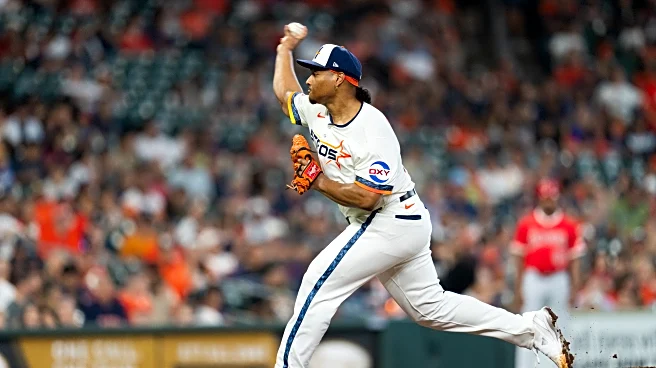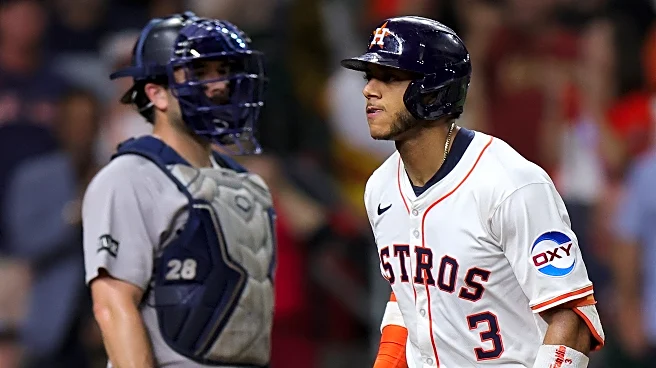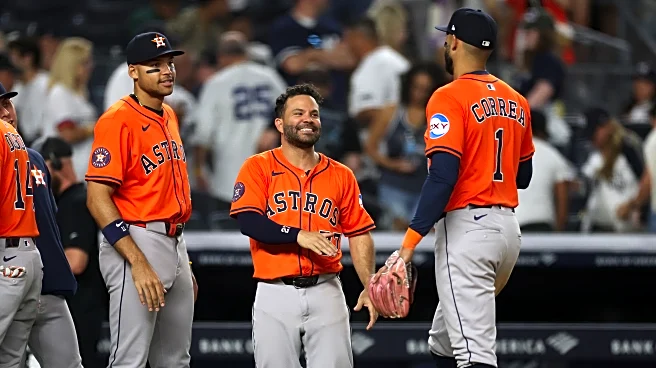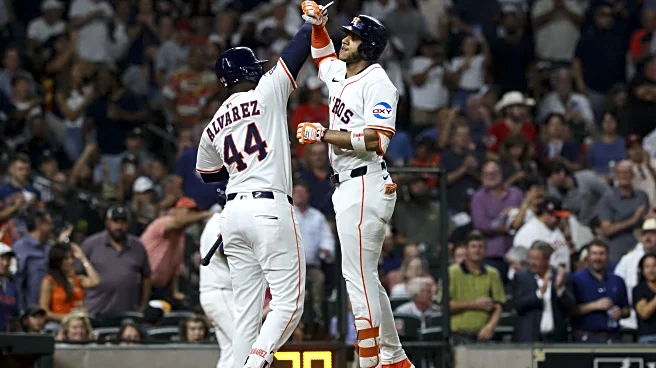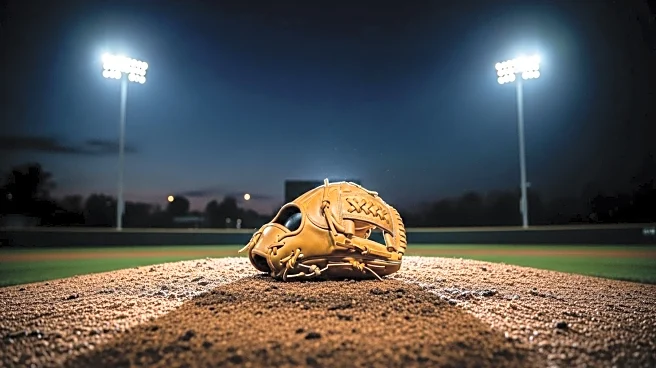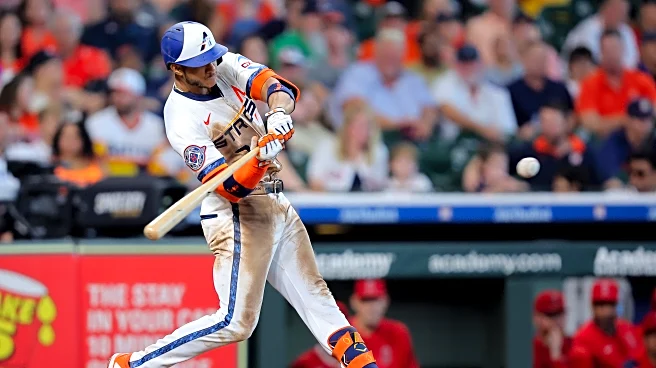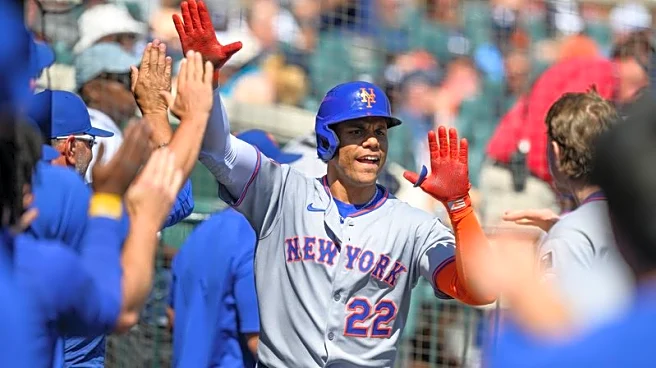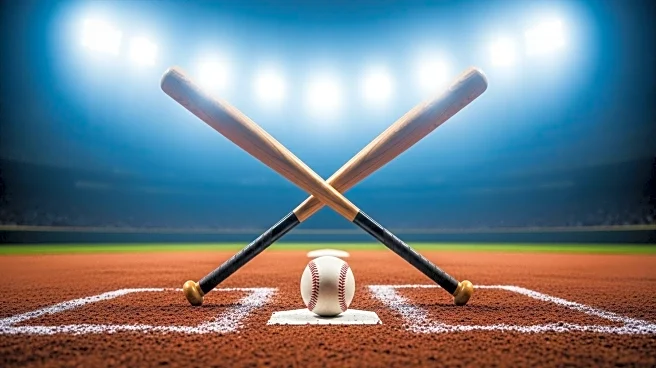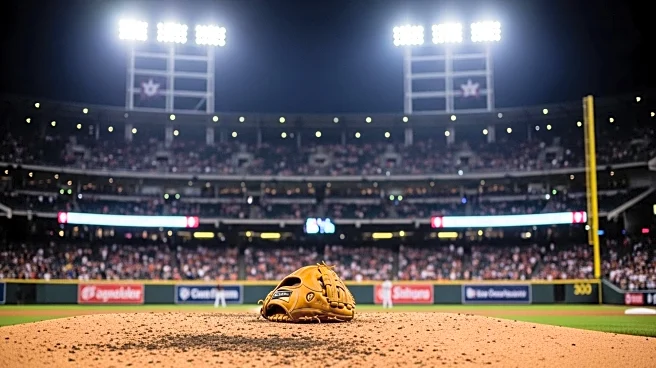
Today I will review some current Astros’ pitcher trends based on Stuff+ metrics. Stuff+ and the related PitchBot models evaluate pitchers’ stuff based on their pitches’ physical parameters like location, velocity, and pitch movement. The metric does not rely on results such as runs allowed or hits allowed, but rather focuses on the physical characteristics of pitches. One of the benefits of this approach is that it provides useful information even in small samples, because it doesn’t rely on volatile
factors like BABIP which affect runs allowed results. It’s worth noting that some aspects of pitching like deception and sequencing, are not captured by the metric.
A.J. Blubaugh and the Relievers
A.J. Blubaugh is the Astros’ top pitching prospect and minor league starter who was added to the Astros’ bullpen recently. After the injuries to closer Josh Hader and set up man Bennett Sousa, the Astros have struggled to fill some of the gaps in the bullpen. Prior to his move to the bullpen, I suggested that the rookie Blubaugh has the stuff—which might play up in short stints—to help fill in for the loss of quality relievers like Hader and Sousa. Although Blubaugh has a couple of spot starts with the major league team, the Astros called up Blubaugh to provide a reliever role.
I know the sample is small, but it appears that Blubaugh should be a candidate to pitch late high leverage innings for the Astros. The Stuff+ metrics for Blubaugh confirm my view that he should be used in more significant high leverage innings. where he can throw at peak velocity in the 97 – 99 range. Without Sousa and Hader, the Astros are relying on former set up man Bryan Abreu plus some combination of other relievers to shut down the opposition in the 8th and 9th inning. Abreu has been very good—though perhaps slightly over used—but the best of the other relievers is still an open question. Here are the metrics comparing Blubaugh’s stuff to those relievers. Stuff+ is the metric for pure physical stuff, Location+ is a measure of command, and Pitching+ is a combination of command and stuff.
Stuff+/Location+/Pitching+
Blubaugh 122 / 95 / 117
Okert 128 / 98 / 121
Abreu 122 / 80/ 108
Ort 114 / 72 / 86
King 98 / 121 / 108
De Los Santos 84 / 117 / 107
According to the Stuff+ model, Okert, Abreu, and Blubaugh are the three best pitchers in the bullpen. Their pure stuff numbers are very similar, 128, 122, and 122. Blubaugh is slightly behind Okert in Pitching+ (117 vs. 121) because Okert so far has shown better location skill. However, both Blubaugh and Okert have better Pitching+ numbers than Abreu, who seems to suffer from occasional lapses in command. Ort and King have opposite profiles: Ort has good stuff but poor command and King has good command but sub-par stuff. The Pitching+ for King is better than that same combined score for Ort. In a fairly small sample, De Los Santos seems fairly similar to King.
You might notice that I left Lance McCullers Jr. and Craig Kimbrel off the list above. So far the Stuff+ model results for McCullers and Kimbrel are not great. McCullers has good stuff (105 Stuff+) but his poor Location+ (80) results in 89 Pitching+. Kimbrel’s numbers are based on a very small sample, but a negative Location+ brings down decent stuff results. We can hope that both will settle into a higher skill level with more innings out of the bullpen, but currently the Stuff+ model doesn’t favor either as the top line of Astros’ relievers.
My conclusion is that Blubaugh should be given the opportunity to perform in late inning high leverage roles. His Stuff+ metrics suggest that he could share that role with Okert and Abreu. If he proves himself in the pressure situations of September, it’s possible that he may become a weapon in the post-season. High velocity reliever arms are particularly valuable during playoff games. That outcome would be similar to Hunter Brown’s bullpen role in the 2022 post-season.
Turning to more results-oriented stats, Blubaugh’s ERA (3.86) and BB-K stats (10.29 K/9 and 1.93 BB/9) are fine, even quite good. However, he has allowed some hard contact (93.3 avg EV) and home runs which inflate his x-FIP and x-ERA in a small sample. So that is an issue to watch as he pitches out of the bullpen.
Recent Improvement by Arrighetti and Javier
From a results standpoint, Spencer Arrighetti and Cristian Javier, both of whom are several games into their return from the injured list, had very good starts last week. We can use the pitching models to evaluate their stuff in those two starts. Given that it’s only a few innings, we should probably be cautious in extrapolating these numbers into the future.
Stuff+ for the period since August 25.
Stuff+ / Location+ / Pitching+
Arrighetti 126 / 61 / 88
Javier 115 / 68 / 81
Both Arrighetti and Javier show very good Stuff+ numbers, but the model indicates poor command in those outings. Arrighetti’s stuff was very good, almost across the board (FB, Sinker, Slider, Curve all above 120 Stuff+), but his control was missing. Javier had excellent stuff on his 4 seam FB and slider (Stuff+ above 130), but his command/control was poor, similar to Arrighetti.
Both Arrighetti and Javier are taking good steps forward in the stuff quality of their pitchers. However, both will need to make steady improvement in their command and control.
At this point, I don’t have Stuff+ model results for Luis Garcia’s single start yesterday. But the results-based stats are encouraging, though the sample is too small for any meaningful projection. Garcia’s ERA was 4.50, but the x-ERA was better at 2.42. His SIERA was 2.92, and he put up a 28.6% K rate with no bases on balls. Although Garcia allowed a couple of home runs, most of the contact was soft contact (85.6 mph avg EV). This is pretty good starting point for Garcia. But it would be nice to see an increase in his average FB velocity (91.4 mph). In his best season, Garcia’s average velocity was 94.1 mph.
Thoughts?
